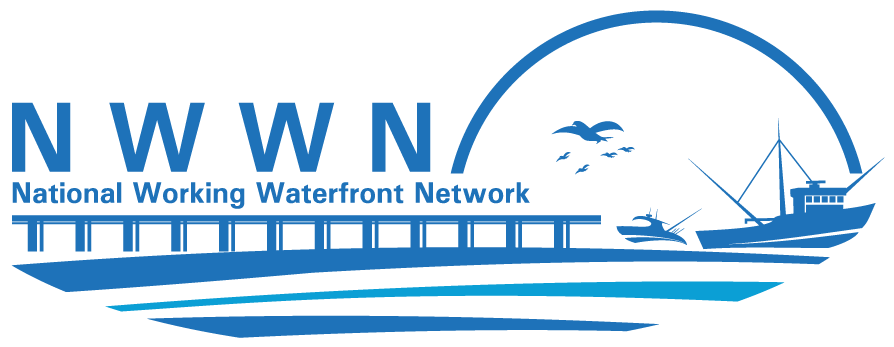Sometimes the most effective means of protecting or enhancing a working waterfront is to buy the property. A local government, for instance, may choose to purchase a dock or marina to ensure continued public use and access. Communities can use working waterfront inventories and other informational gathering tools to compile data on existing access sites and develop acquisition priorities. With long-term planning, community outreach, and sufficient funding, communities may be able to achieve acquisition goals exclusively through donations and purchases from willing sellers. In some cases, however, working waterfront property might need to be acquired through the exercise of eminent domain. In general, under the U.S. and state constitutions, the government has the authority to take private property for public use as long as the property owners are paid “just compensation” (usually fair market value).
Working waterfront sites can also be conserved or protected by private owners and non-profit organizations, such as community land trusts. Property owners can provide fishermen, waterfront users, and the public with access to their working waterfronts, such as docks or piers, through deed restrictions and easements. Private owners, non-profit organizations, and government agencies can form public/private partnerships to pursue the purchase and acquisition of working waterfront property and interests.
A popular tool for conserving private land is the conservation easement, which is a legal agreement between the landowner and a governmental entity or non-profit organization to permanently restrict the uses of the land to protect certain values. Traditionally, conservation easements have been used to protect open space and farmland, but the tool can be adapted for use by working waterfront owners to limit future uses of the property to water-dependent uses. Although private owners often choose to donate the property placed under a conservation easement to a land trust to manage, donation is not required. Owners can continue to live on the property in accordance with the terms of the easement. The placement of a conservation easement on property may qualify private owners for federal and state tax deductions. Working waterfront easements, however, currently have a hard time qualifying for these tax benefits as the IRS may not consider them charitable donations. Traditional conservation easements receive preferential tax treatment, in part, because the land donation serves a public purpose by preserving the environment, for example.
Community Examples:
Links:

